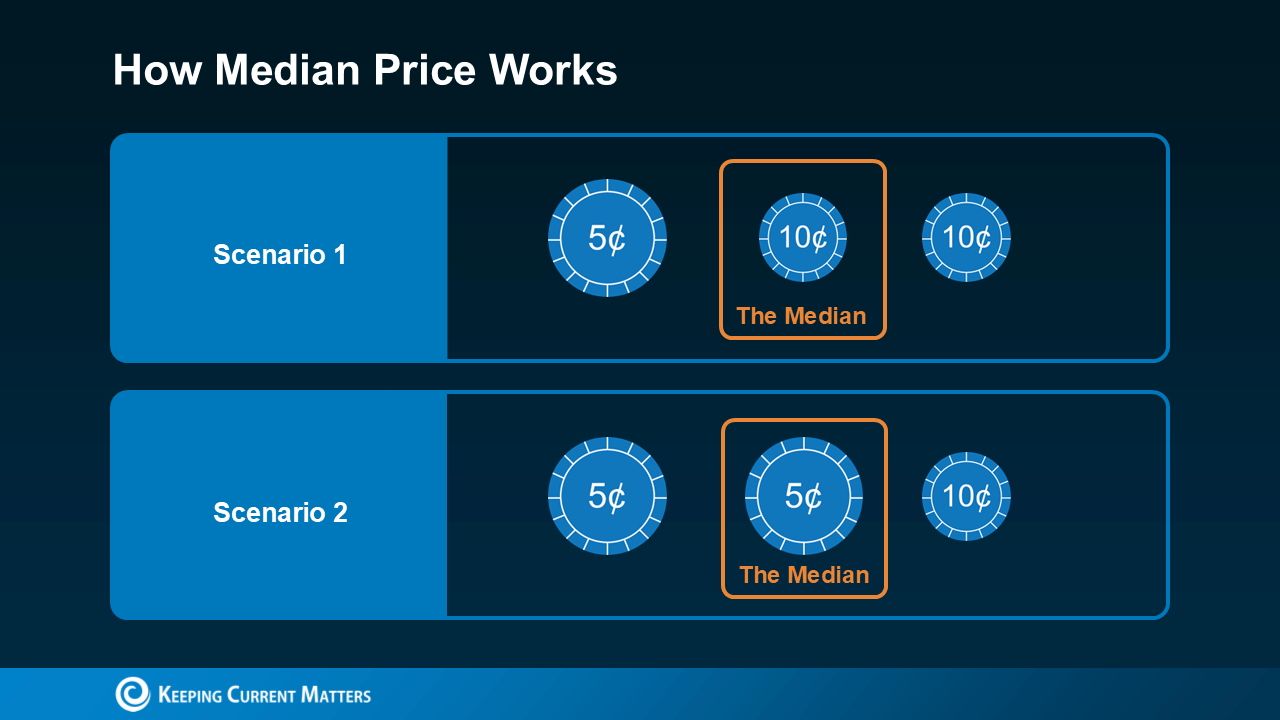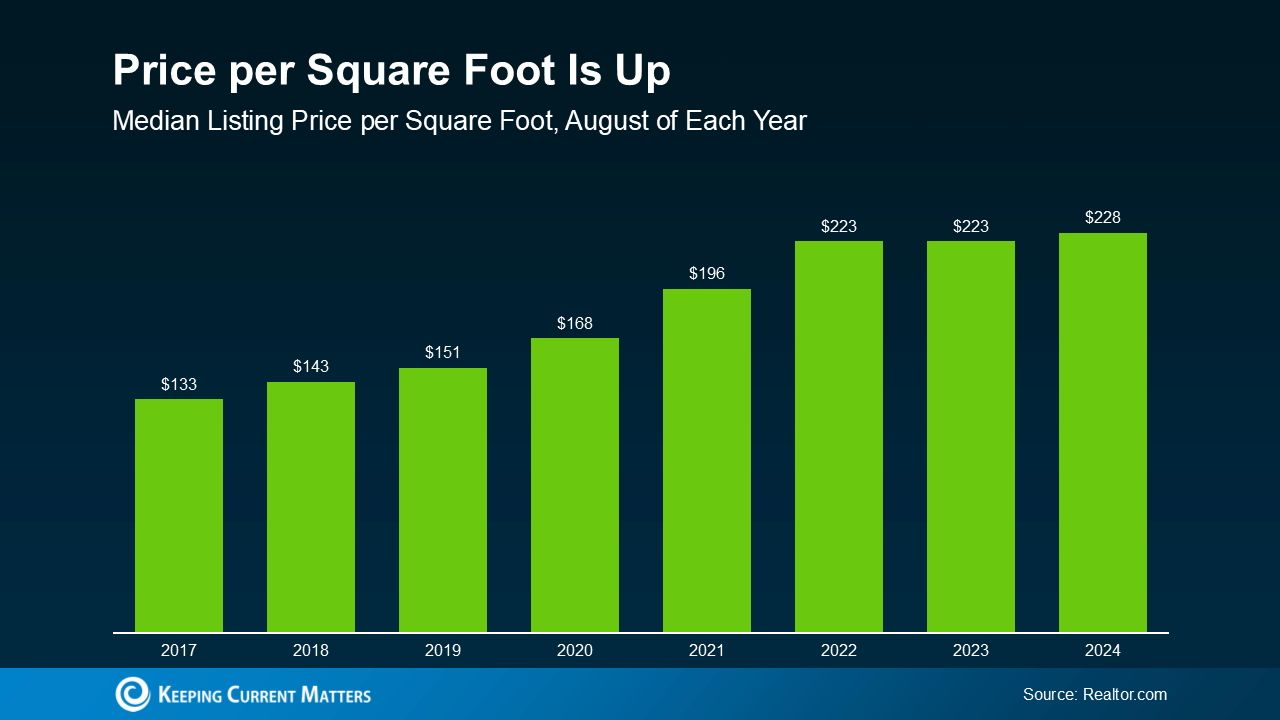Home Values Increase Despite a Drop in Median Prices
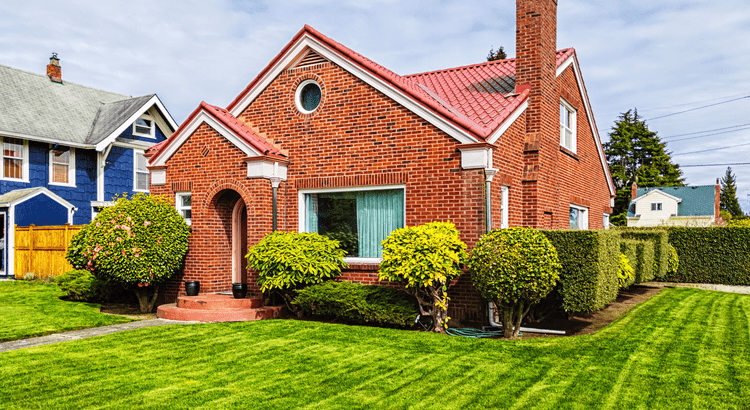
Recent headlines have been buzzing about the median asking price of homes dropping compared to last year, leading to a lot of confusion. As a buyer or seller, it’s easy to assume that prices are declining. But here’s the catch: those numbers don’t tell the whole story.
On a national scale, home values are actually rising, even if the median price has dipped slightly. Let’s unpack what’s really happening so you can understand the market clearly without getting caught up in the fear stirred by the headlines.
Smaller Homes Are Impacting the Market
The main reason for the dip in the median price is that the homes being sold right now are generally smaller. The median price represents the midpoint of all homes for sale at a given time, which can shift depending on the types of homes listed.
To illustrate how this works, think of it like sorting a few coins by value. If you have three coins—a nickel and two dimes—the median value is 10 cents (the middle one). But if you switch to two nickels and one dime, the median changes to 5 cents.
In both scenarios, a nickel remains valued at five cents, and a dime retains its worth at ten cents. The value of each coin hasn’t changed, and the same principle applies to the housing market. Currently, there’s a larger inventory of smaller, more affordable homes available, which is causing the overall median price to decline. However, this doesn’t indicate a decrease in home values.
As Danielle Hale, Chief Economist at Realtor.com, points out:
“The proportion of smaller and more affordable homes in the inventory has increased, which contributes to keeping the median price lower, even as the cost per square foot continues to rise.”
Here’s the evidence to back it up.
Price Per Square Foot Is Still Rising
One of the most effective ways to assess home values is by examining the price per square foot. This metric provides insight into how much you’re actually paying for the living space within a home. The median asking price doesn’t consider the varying sizes of homes, meaning it may not always accurately represent true value. Recent national data on price per square foot shows that home values are still on the rise, even though the median asking price has seen a decrease.
According to Ralph McLaughlin, Senior Economist at Realtor.com:
“When we consider the shift in inventory toward smaller homes, we see that the average asking price for homes listed this year is higher than last year.”
This indicates that even though smaller homes influence the median price, the overall value of the average home continues to increase. The Federal Housing Finance Agency (FHFA) reports:
“Nationwide, the U.S. housing market has seen positive annual appreciation every quarter since the beginning of 2012.”
So, even though some headlines may suggest that prices are plummeting, there’s no need to be alarmed. By examining the data more closely, it’s clear that home prices are still rising nationally. However, it’s essential to keep in mind that home prices can differ significantly by region. While national trends give a broad overview, local markets may face unique conditions. A knowledgeable agent can provide the best insights into what’s happening in your area.
Bottom Line
A dip in the median price doesn’t equate to a drop in home values. It’s mostly influenced by the increase in smaller, less expensive homes on the market. The key metric to watch is the price per square foot, which is a better reflection of overall market value—and it’s still climbing. If you have questions about what’s going on in your local market, connect with a real estate expert for more specific insights.
Categories
Recent Posts

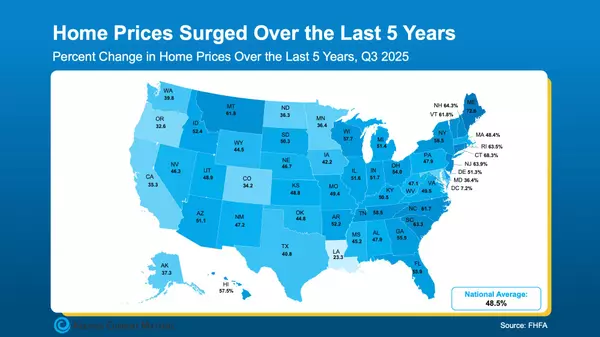
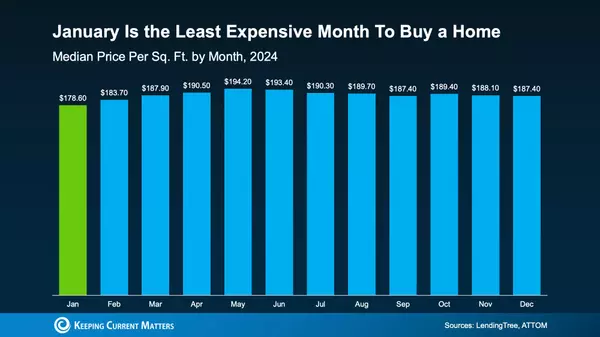
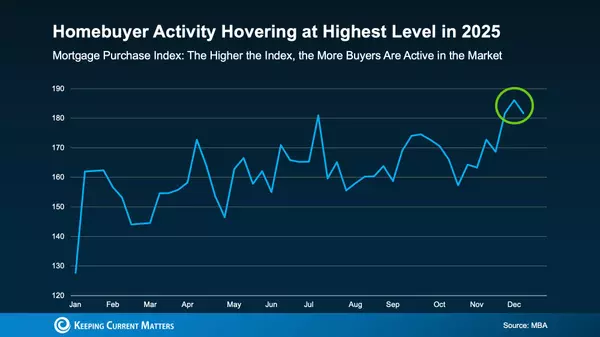
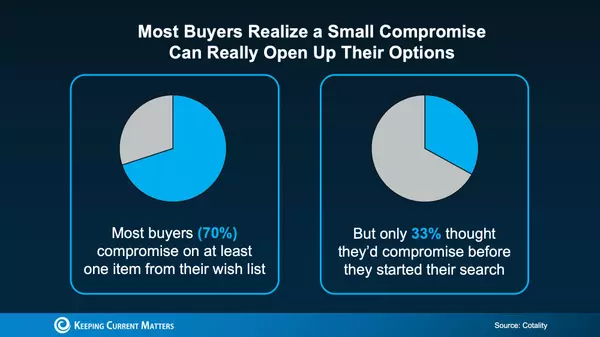
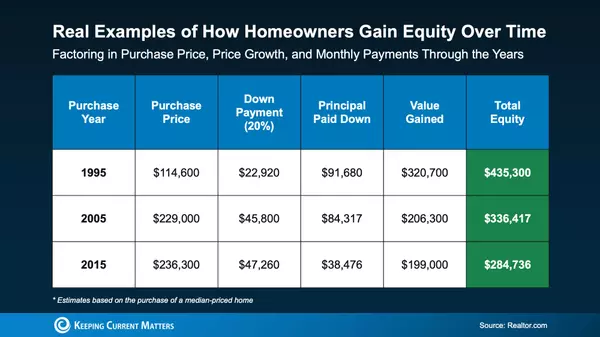
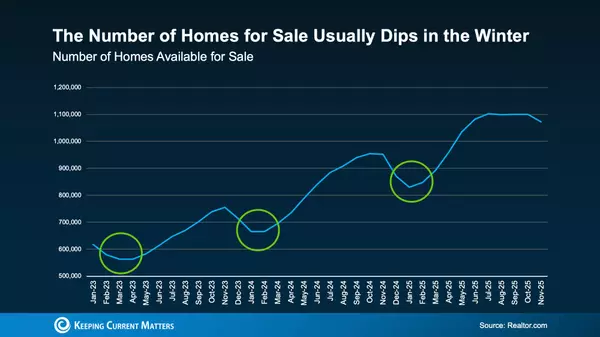
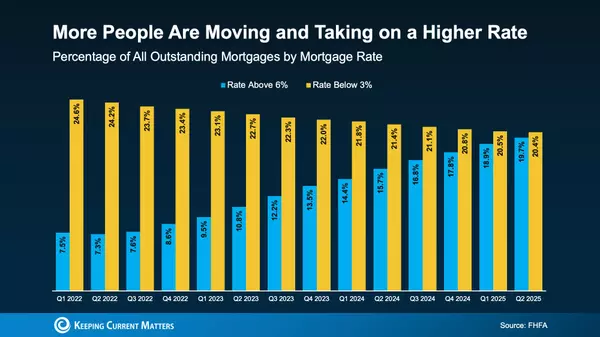
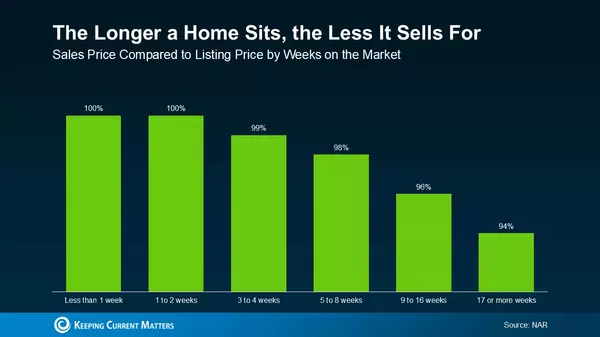
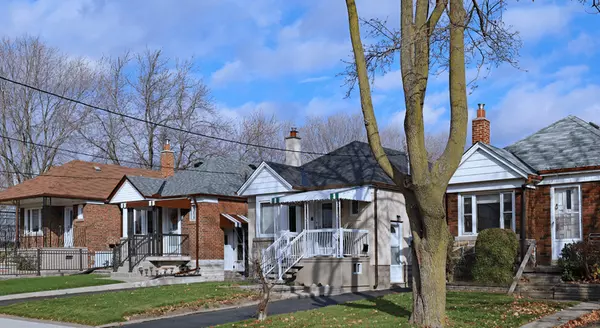
GET MORE INFORMATION



